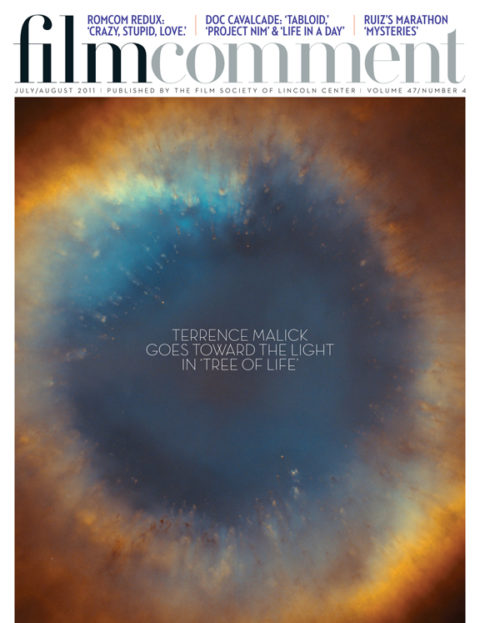
The title protagonist of Terri is occasionally shown reading Jonathan Swift’s Gulliver’s Travels. This intertextual gesture subtly brings what is perhaps the most salient theme of Azazel Jacobs’s career to date into sharp relief. Whereas Jacobs père has been most concerned for the past four decades with using cinema as an instrument for exploring the mechanics and boundaries of visual perception, Jacobs fils is less a mad scientist than a misfit bard. Witness the bored and profoundly depressed houseboat tenant in The GoodTimesKid (05), the all-too-Oedipal son/daddy in Momma’s Man (08), and now the portly teenage hero of his latest.
Jacobs’s first effort to boast performances by established actors, Terri conceals its downbeat agenda behind a more conventional, sometimes cheerful facade. At first it certainly seems to bear the traits of an “outcast coming of age” genre exercise. The apparently parentless and friendless Terri (Jacob Wysocki) lives in an utterly indistinct suburb with his heavily medicated uncle (Creed Bratton). When he starts wearing pajamas to school every day, he’s taken under the wing of an exceptionally dudely assistant principal (John C. Reilly), and clumsily forges relationships with an ostracized former popular girl (Olivia Crocicchia) and a budding sociopath who rips out his own hair (Bridger Zadina). He finds something resembling inner peace by the end of it all—although it’s not entirely clear whether his psyche was a battlefield or a daisy garden in the first place.

Supporting these narrative developments are an annoyingly insistent score and a lukewarm palette. The honey-dipped color scheme, dominated by oranges, yellows, greens, and browns, links Terri more closely with the Los Angeles–set GoodTimesKid than with the drab Tribeca grays of Momma’s Man. The main problem with the new film is that its form doesn’t exhibit with sufficient consistency the same affective and moral ambiguity intrinsic to the events it depicts. The emotional cues supplied by the soundtrack are, for the most part, at odds with the situations portrayed by the film’s visuals and by the discreetly complex performances of its cast—but not in a particularly dialectical or contrapuntal way.
However, these formal tensions also point toward Terri’s subterranean dimension, the termite activity going on beneath its blubbery surface. The interplay between light and shadow during the film’s climax, an awkwardly Dionysian toolshed romp, alludes to the territory Jacobs is most interested in staking out and to the question he seems most concerned with posing: how do we arrive at an understanding of the socially alienated, especially those who have alienated themselves? That Terri is content to ask without answering is its most commendable aspect.








